Bindi, over time, has become synonymous with Indian culture and its appropriation has been stretched to an extent where we often ignore or refuse to acknowledge its purpose or historical context. However, Bindi’s past, present, and all its attributes are as vibrant as the colors it often displays.
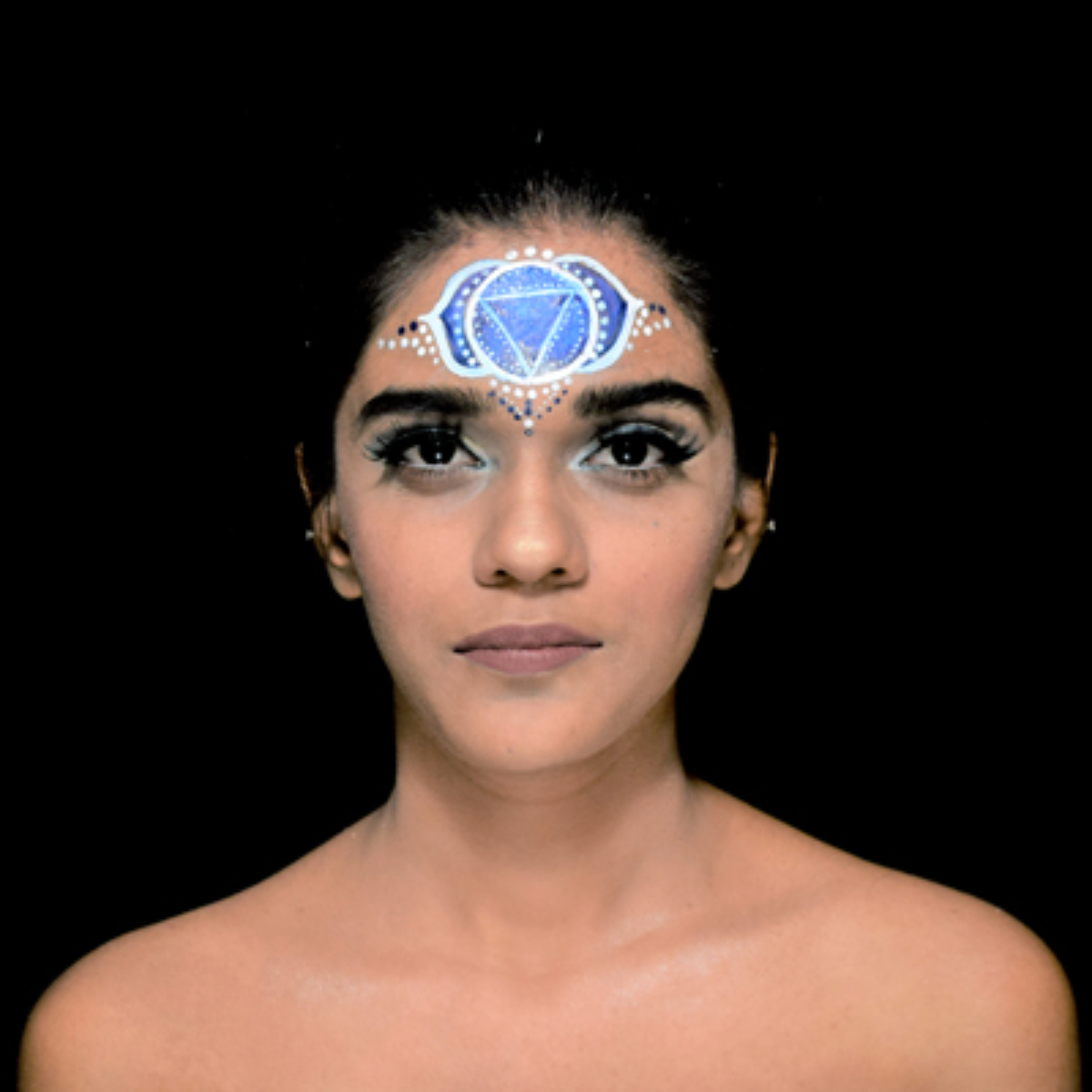
Symbolizing many aspects of the Hindu culture, the distinct dot placed between the eyebrows is an age-old Hindu tradition known as a “Bindi” which comes from the Sanskrit word “Bindu” meaning “a point, dot, drop or small particle." The word can be traced back to the hymn of creation- Nasadiya Sukta in Rig Veda (Approx. 1500 BC). Bindi is popular within South Asian cultures: particularly amongst Hindus in India, Pakistan, and Bangladesh. It is associated with the Ajna Chakra, the mystical third eye- the seat of concealed wisdom and also as the center of the creation of Mandala, the Universe.
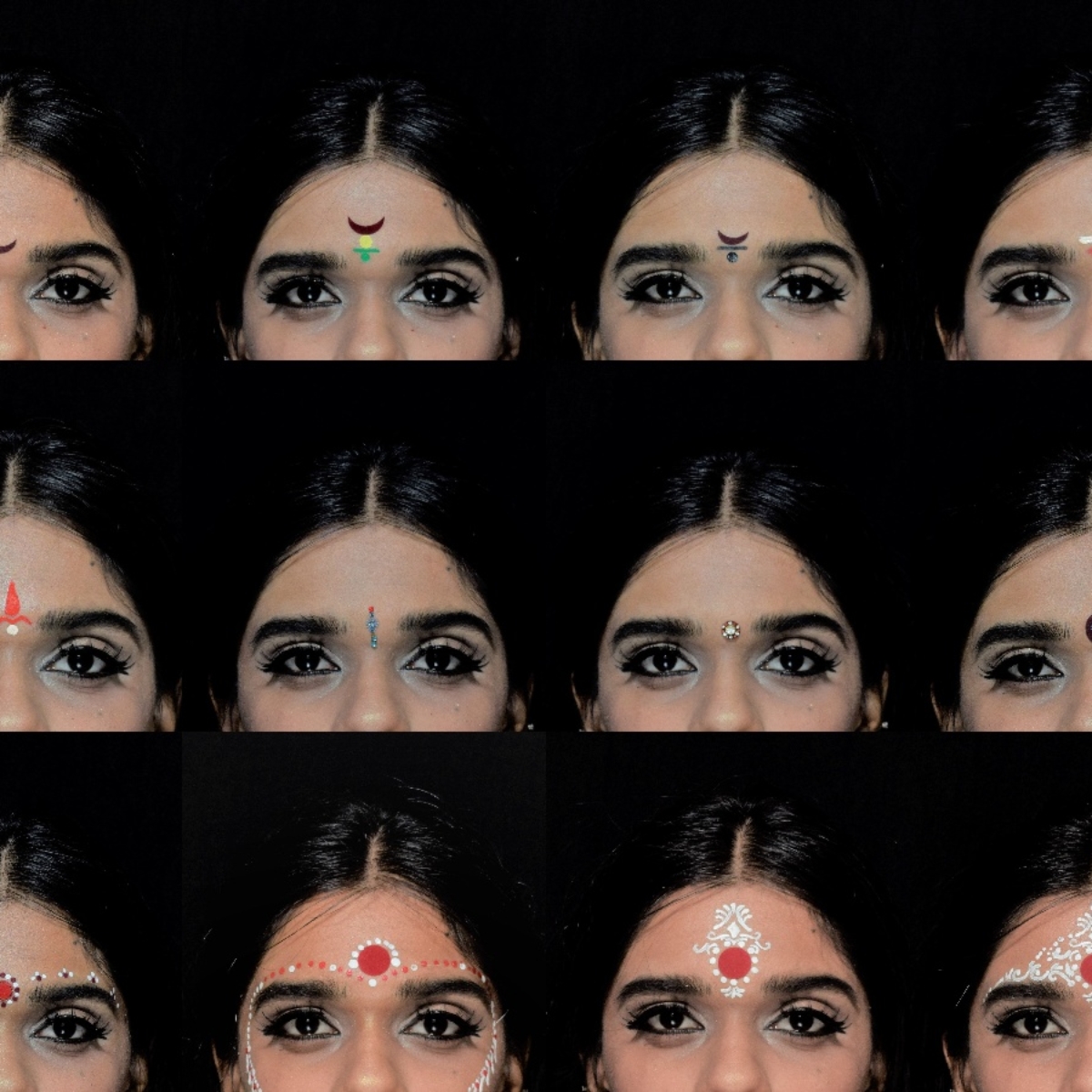
The regional variation of Bindi is particularly interesting for its peculiar cultural significance. The Marathi Bindi, Chandrakor, is curiously shaped like a large crescent moon with a dot above or beneath that is associated with Chandrabindu and Bindu chakra. In Bengal, a large red Bindi is worn and is complemented with Alpana designs that cover the forehead and cheeks, for the brides. Rajasthani Bindis are often studded, long, and sometimes crescent-shaped. Smaller red Bindi with white Tilak at the bottom of the forehead is more common in the regions of southern India.
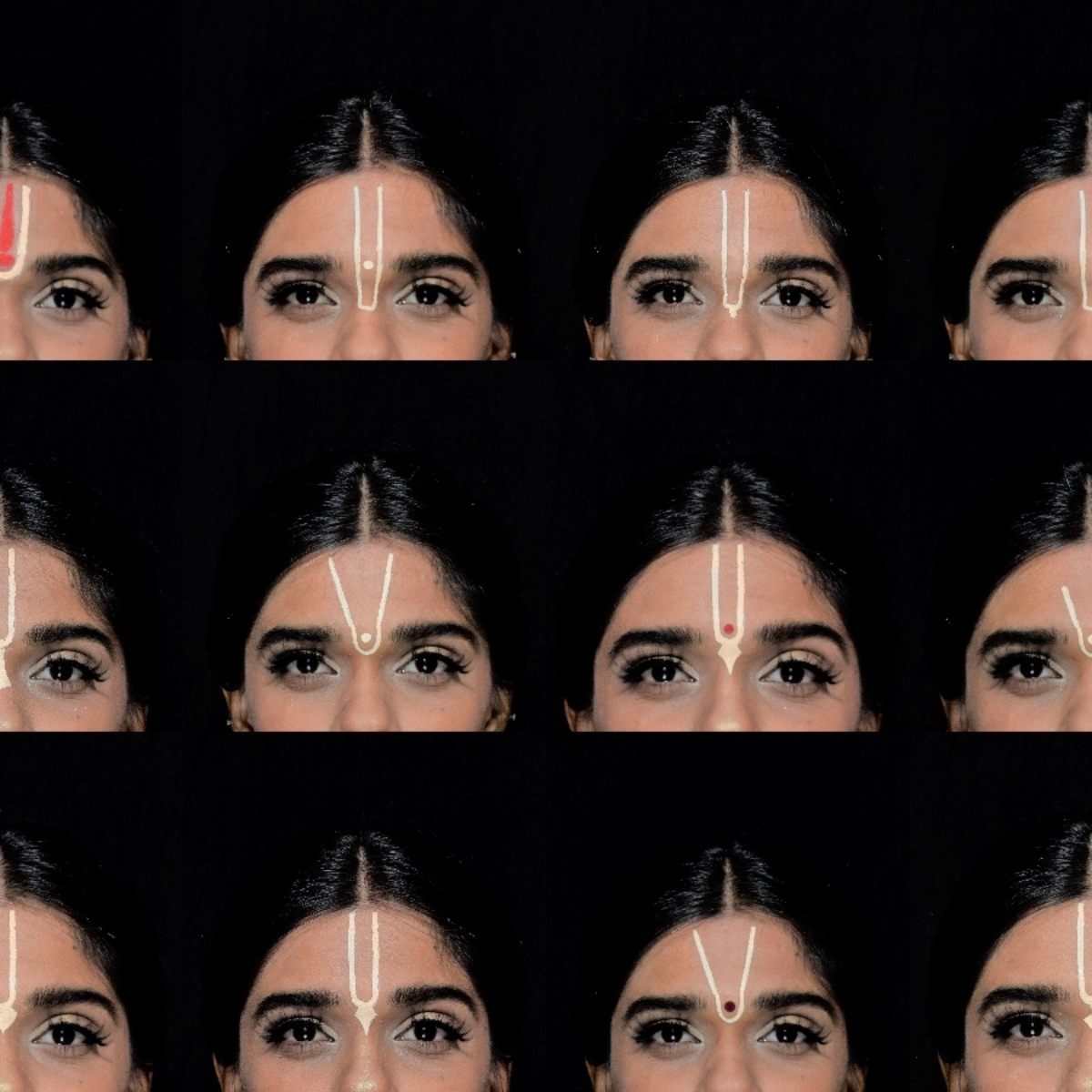

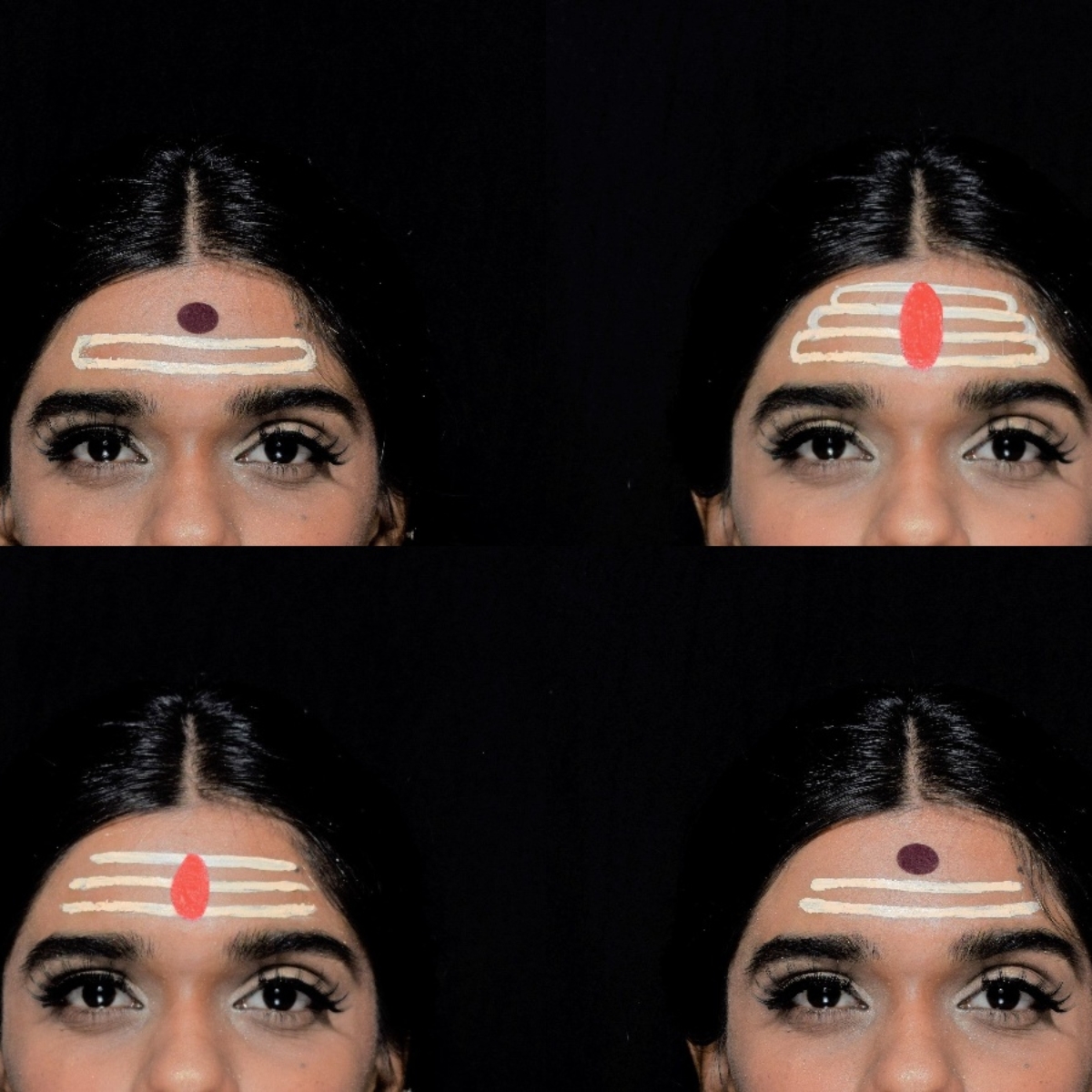
Contrary to popular belief, it isn’t only women that wear Bindi, men do so as well. It may sound uncanny, given our familiarity with the more popular term ‘Tilak’ for men but Tilak and Bindi are by definition synonyms. While it is worn by Hindu men on their foreheads on special occasions, the color and form could vary with caste, religious sects, and the form of the Lord worshipped. Vaishnavism, Shaivism, Shaktism, and Trimurty symbolism were four devotional sects of Hinduism, each with a distinct style of Tilak.

The Varna system that categorically identified men based on the role and function they performed in the society used Tilaks in different colors to denote their caste. Brahmins, who were the priests and teachers, sported a white Tilak which symbolized purity and divinity. Red, being the color of passion and heroism, was the color of Tilak for Kshatriya- the warriors. Vaishyas, the traders, put a yellow-colored Tilak as a sign of prosperity, and Shudras, in rare cases, would put a black colored Tilak of Bhasm

In the case of women, Bindis in different colors were meant to represent marital status. A red kumkum Bindi was attributed to married women. An absence of Bindi or a black one represented unmarried women, and a white sandalwood Bindi announced women who preferred celibacy or were widows.
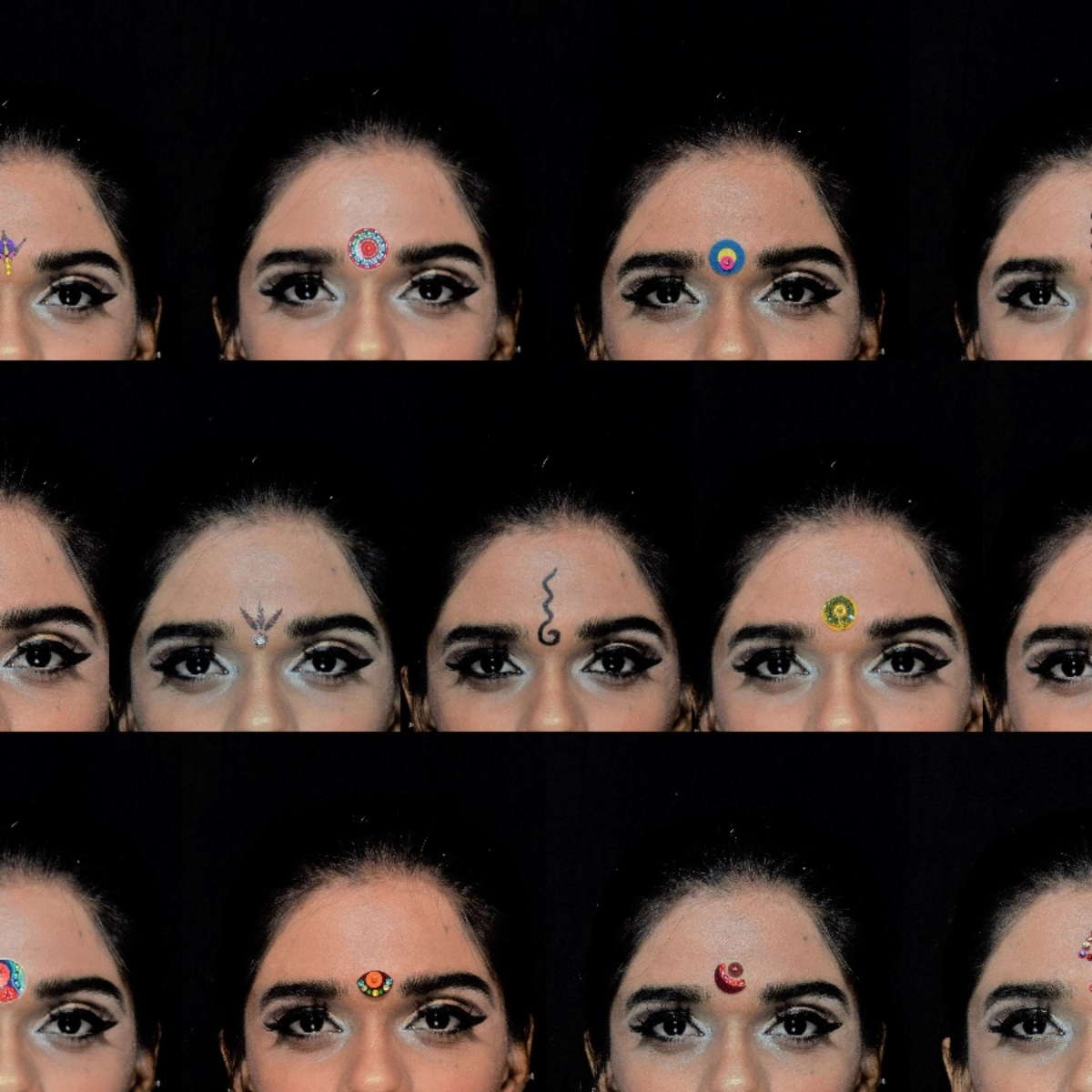
While on one hand the Bindi/Tilak represents different devotional sects in Hinduism, denoting caste and Bindi representing the marital status. On the other, It is increasingly becoming an extension of one's personality in the world of television and cinema. The power of a simple dot over a forehead mixed with a specific design or color was properly highlighted by the Indian big and small screen. Whereas on the big screen, women like Rekha and Sridevi sported glamourous gemstone Bindis to portray their sensual sexuality, on the smaller screen it was mainly used to represent the good and the evil as shown by Komolika in Kasauti Zindagi Ki where she wore large dark-colored Bindis to portray maliciousness and inherent evil. The movie Bahubali took the use of Bandi a step forward as every character wore a Bindi or Tilak carefully crafted to portray the personality of their character. But Bindi in popular culture has not just been used as a creative tool to add definition to a character but also as a celebration of culture like in the case of Usha Uthup.

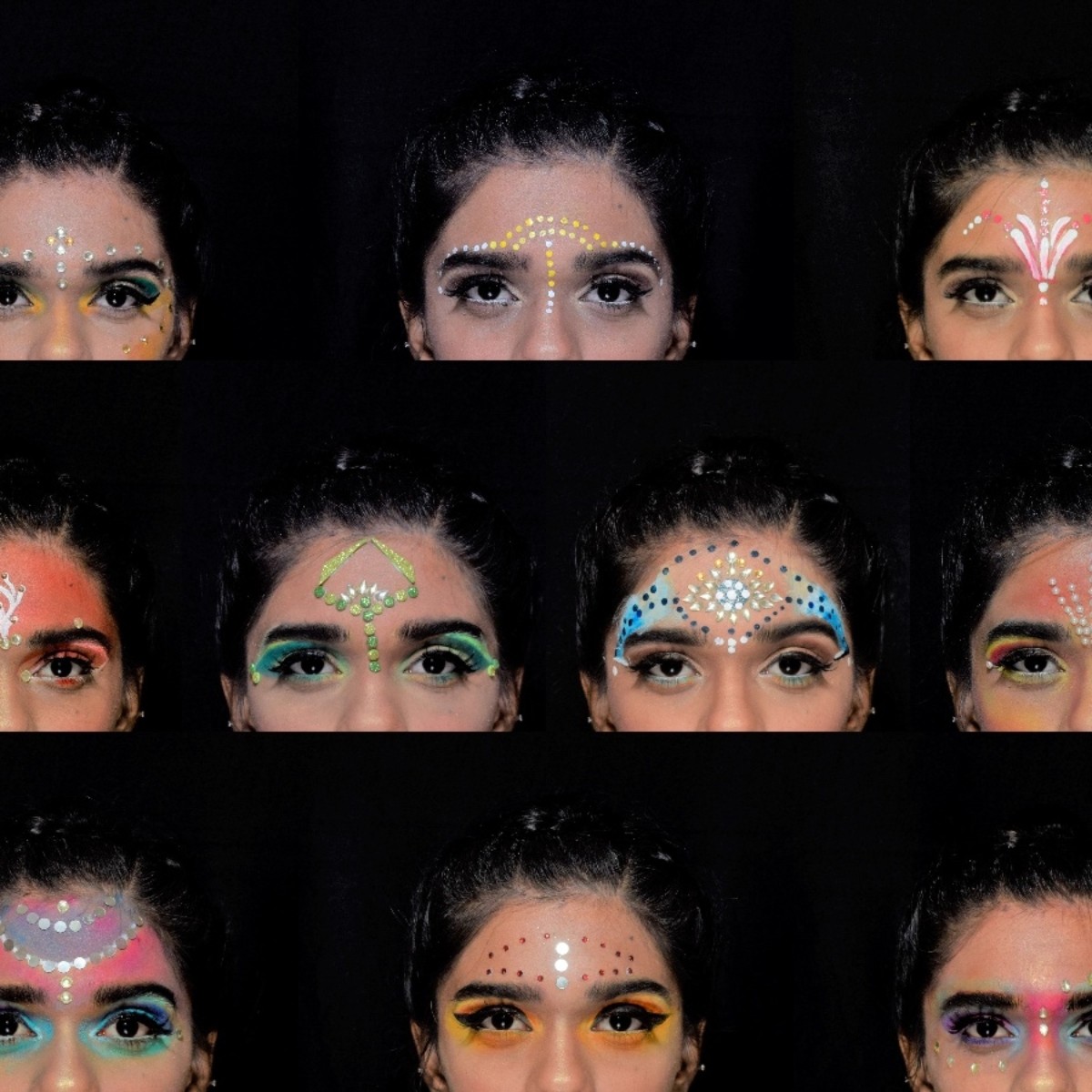
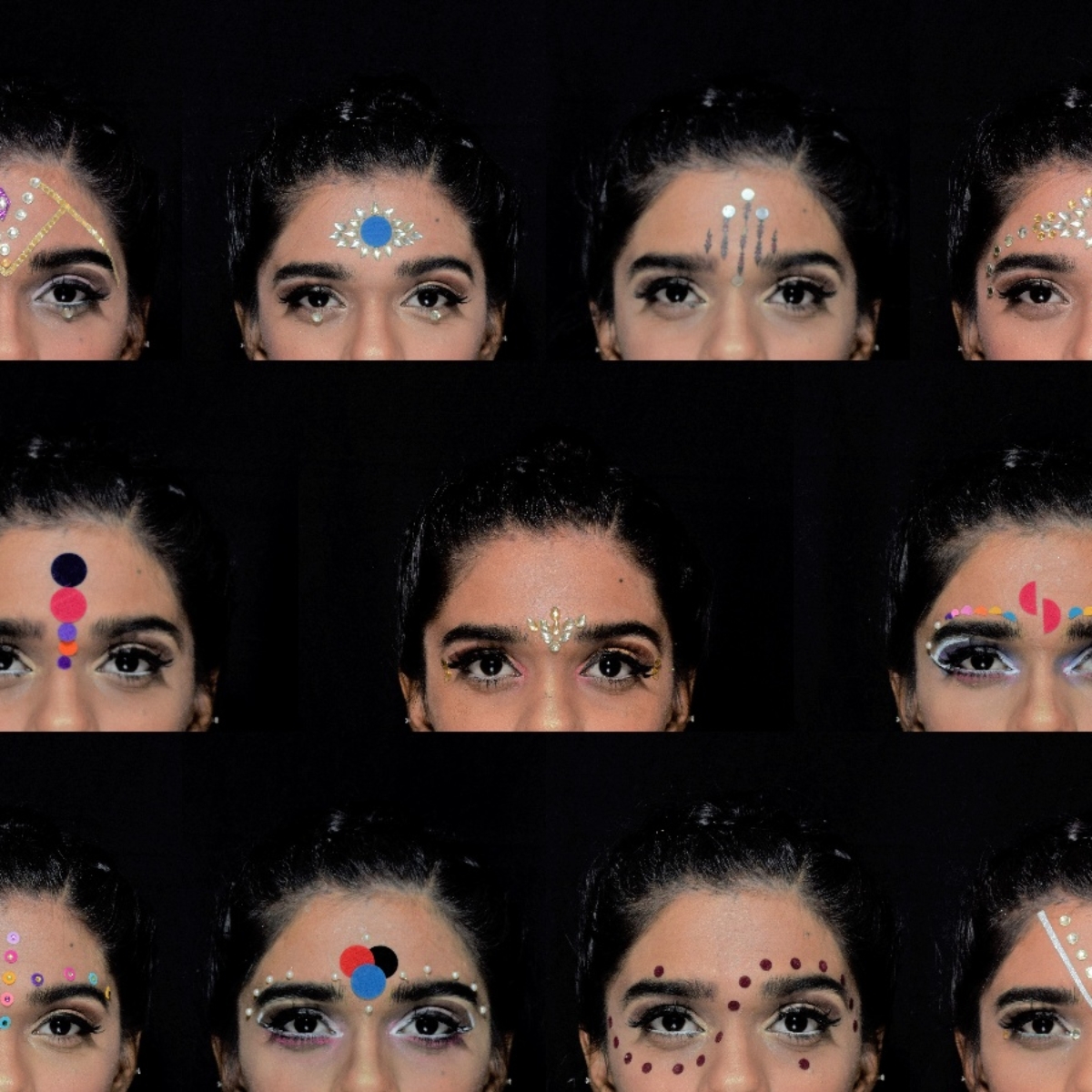
More recently, the popularity of Bindi outside the subcontinent has become stronger, with international stars such as Miley Cyrus rocking sticker style Bindi. An emergence of similar decorative designs was also seen in Halloween parties and Pride parades. More often than not, these are devoid of any cultural or religious significance and have become a topic for debates as to whether they are cultural appropriations or not.
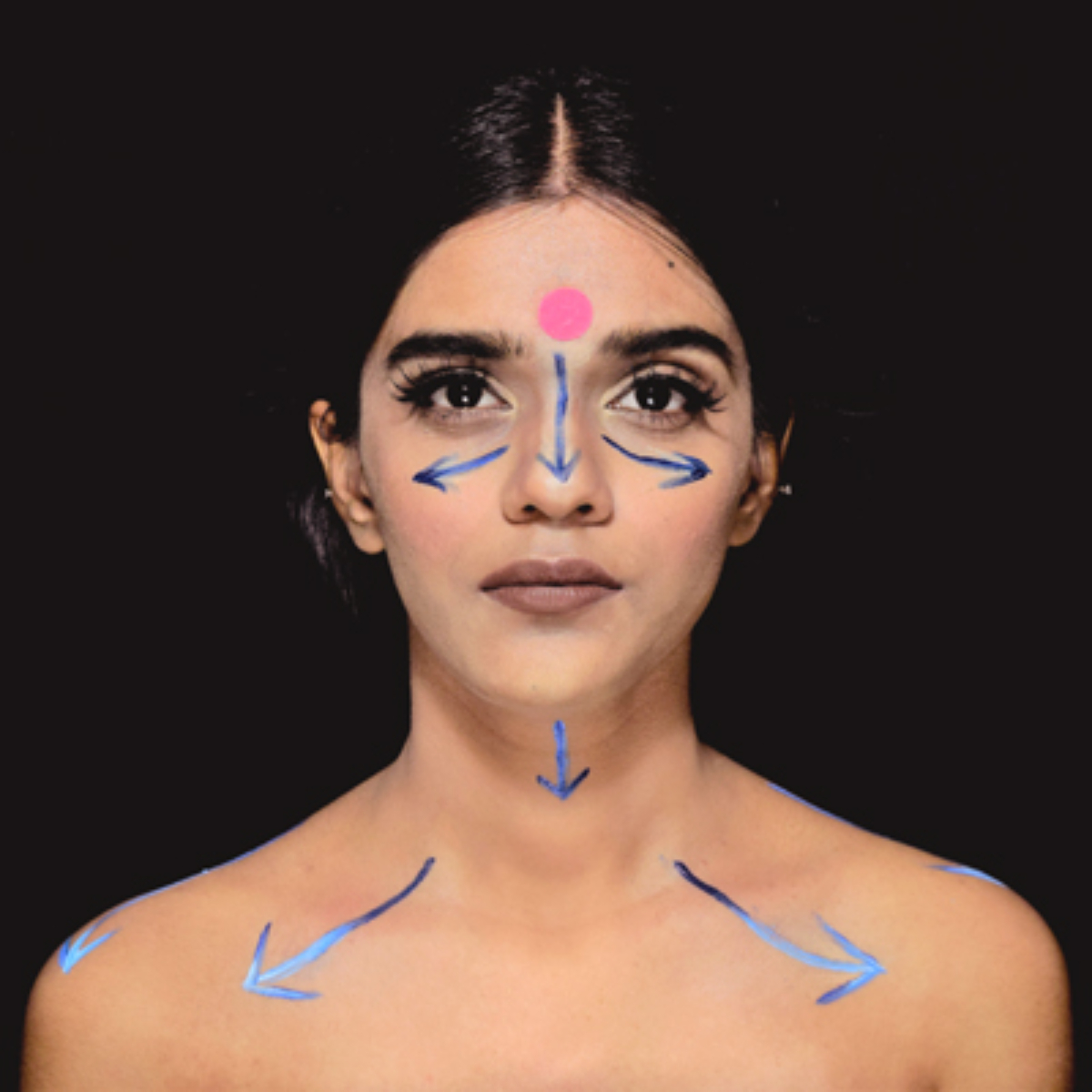
It’s important to highlight that Bindi is not just an accessory. A philanthropist's arm in social spheres. It is gradually evolving as a contemporary fashion accessory and as a contributor to wearable technology by serving as the Life-saving dot used to get more iodine through skin absorption. As millions of people in India suffer from Iron deficiency, The Life-saving dot- a Bindi patch with Iodine, aims to help the more vulnerable group of pregnant women by providing the required amount of iodine per day. This idea was formulated by the Singaporean agency, the Grey group, and launched as a collaborative campaign with the NGO, Neelvasant Medical Foundation, and Research Centre.

